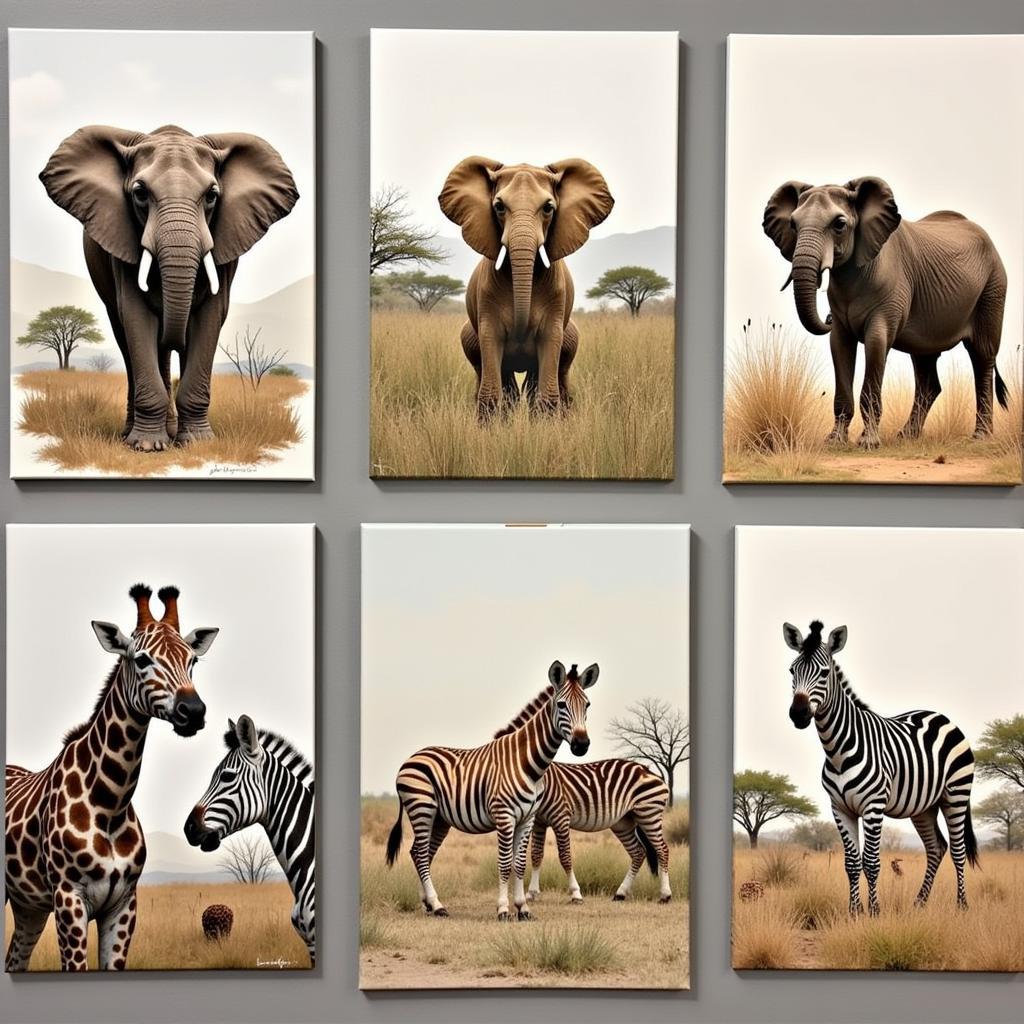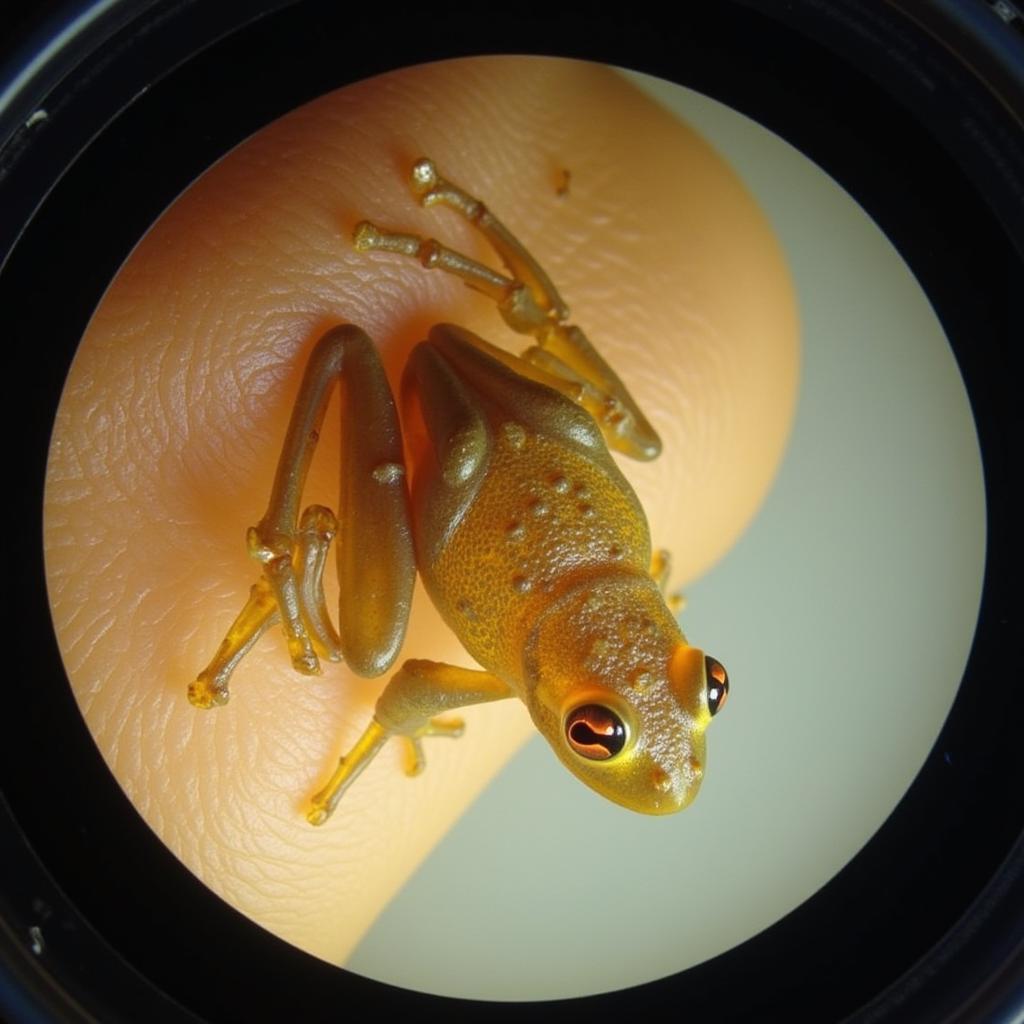African Cheetah vs Indian Cheetah: A Tale of Two Sprinters
The African cheetah and Indian cheetah, though sharing a common ancestor, present a fascinating study in adaptation and survival. This article delves into the key differences and similarities between these two magnificent big cats, exploring their unique characteristics and the challenges they face.
A Comparative Look: African Cheetah vs Indian Cheetah
The most obvious difference between the African cheetah and its Indian counterpart lies in their geographical location. As their names suggest, the African cheetah roams the savannas and grasslands of sub-Saharan Africa, while the Indian cheetah, now tragically extinct in the wild, once graced the arid landscapes of the Indian subcontinent. But the distinctions go deeper than mere geography.
Physical Attributes: Spotting the Differences
Physically, while similar in overall build, subtle variations exist. African cheetahs tend to be slightly larger and heavier, with a more robust frame. Their spots are round and distinct, scattered across their tawny coat. The Indian cheetah, historically, was described as slightly smaller and leaner, with a slightly paler coat. Some reports suggest their spots may have been slightly more elongated, forming broken chains or dashes in certain individuals.
Habitat and Diet: Adapting to Different Environments
The contrasting habitats shaped their hunting strategies and prey preferences. African cheetahs thrive in open grasslands, pursuing gazelles, impalas, and other swift prey. Indian cheetahs, adapted to the drier, scrubbier terrains of India, likely targeted blackbuck, chinkara, and other smaller ungulates.
The Sad Fate of the Indian Cheetah
Sadly, the Indian cheetah’s story is one of decline and extinction. Hunting, habitat loss, and dwindling prey populations contributed to their demise. The last confirmed sighting of an Indian cheetah in the wild was in the mid-20th century.
Conservation Efforts: Protecting the Future of the Cheetah
While the Indian cheetah is no longer found in the wild, conservation efforts focus on protecting the remaining African cheetah populations. Organizations work tirelessly to combat poaching, mitigate habitat loss, and promote sustainable co-existence between humans and wildlife.
african animal map geographical
What Makes a Cheetah a Cheetah? Shared Characteristics
Despite their differences, African and Indian cheetahs shared the core features that define a cheetah: a slender body built for speed, a distinctive spotted coat, non-retractable claws, and remarkable acceleration. Their shared ancestry is evident in their physiology and behavior.
Remembering the Indian Sprinter: A Legacy Lost
Though the Indian cheetah is gone, its legacy serves as a stark reminder of the importance of conservation. By understanding the factors that led to its extinction, we can work to ensure the survival of its African cousin and other endangered species. The story of the African Cheetah Vs Indian Cheetah is not just a comparison, but a call to action.
What were the main differences between the African and Indian cheetah?
The main differences were size, with African cheetahs being slightly larger; spot patterns, with Indian cheetahs potentially having more elongated spots; and habitat, with African cheetahs inhabiting grasslands and Indian cheetahs inhabiting drier, scrubbier terrains.
Why did the Indian cheetah go extinct?
A combination of factors, including hunting, habitat loss, and dwindling prey populations, led to the extinction of the Indian cheetah in the wild.
Are there any plans to reintroduce cheetahs to India?
Yes, there are ongoing efforts to reintroduce African cheetahs to India, with the first batch having been successfully relocated in 2022. This is a complex undertaking with many challenges, but it holds the promise of restoring a lost ecological link.
african animal map geographical
Are cheetahs endangered?
African cheetahs are classified as vulnerable, meaning they face a high risk of extinction in the wild. The Indian cheetah is extinct in the wild.
How fast can a cheetah run?
Cheetahs are the fastest land animals, capable of reaching speeds up to 70-75 miles per hour in short bursts.
What do cheetahs eat?
Cheetahs primarily prey on small to medium-sized ungulates like gazelles, impalas, and springbok in Africa. The extinct Indian cheetah likely preyed on animals like blackbuck and chinkara.
What is being done to conserve cheetahs?
Conservation efforts focus on protecting cheetah habitat, combating poaching, and promoting sustainable co-existence between cheetahs and local communities.
Dr. Asha Sharma, a renowned wildlife biologist specializing in feline conservation, emphasizes the importance of genetic diversity: “The loss of the Indian cheetah highlights the vulnerability of isolated populations. Maintaining genetic diversity within the remaining cheetah populations is crucial for their long-term survival.”
Dr. Joseph Ndungu, a leading expert on African wildlife, adds, “The tragedy of the Indian cheetah serves as a potent reminder of the interconnectedness of ecosystems. Protecting the African cheetah requires a holistic approach that addresses not only poaching but also habitat loss and human-wildlife conflict.”
Dr. Sharma further notes, “While the reintroduction of cheetahs to India is a bold and exciting initiative, its success hinges on careful planning and long-term commitment. We must learn from the past and ensure that the reintroduced population has the best possible chance to thrive.”
When you need support please contact Phone Number: +255768904061, Email: kaka.mag@gmail.com Or visit: Mbarali DC Mawindi, Kangaga, Tanzania. We have a 24/7 customer support team.


